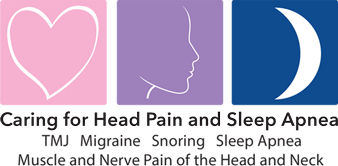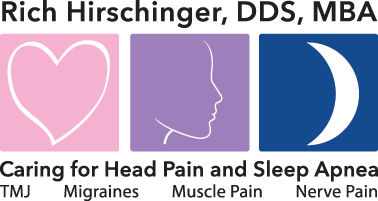

Rich Hirschinger, DDS, MBA
Diplomate American Board of Orofacial Pain
9615 Brighton Way, Suite 323
Beverly Hills, CA 90210
888.981.8981
Diplomate American Board of Orofacial Pain
9615 Brighton Way, Suite 323
Beverly Hills, CA 90210
888.981.8981
Key Differences Between Osteoarthritis (OA) and Rheumatoid Arthritis (RA) in the TMJ
| Feature | Osteoarthritis (OA) | Rheumatoid Arthritis (RA) |
|---|---|---|
| Etiology | Mechanical wear and tear (degenerative) | Autoimmune inflammation |
| Onset | Typically later in life (40+), often unilateral | Can occur at any age, often bilateral |
| Joint Involvement | Usually unilateral; localized to overused joints | Typically bilateral and symmetric |
| Pain | Deep, dull ache worsened by function | Achy or sharp pain with morning stiffness lasting >1 hour |
| Joint Sounds | Crepitus, grating, or clicking common | May be silent or with mild crepitus |
| Inflammation | Mild or absent | Prominent inflammation, swelling, warmth |
| Deformity | Flattening and osteophyte formation of condyle | Condylar erosion, flattening, possible ankylosis |
| Radiographic Findings | Condylar flattening, osteophytes, subchondral sclerosis, joint space narrowing | Erosions of condyle, loss of cortical outline, decreased joint space, pannus formation |
| Synovial Fluid | Non-inflammatory | Inflammatory with elevated WBCs |
| Lab Tests | Normal labs | Elevated ESR, CRP, positive RF or anti-CCP antibodies |
| Systemic Features | None | Yes – fatigue, malaise, joint involvement elsewhere |
| Progression | Slowly progressive | Can be rapid and destructive |






